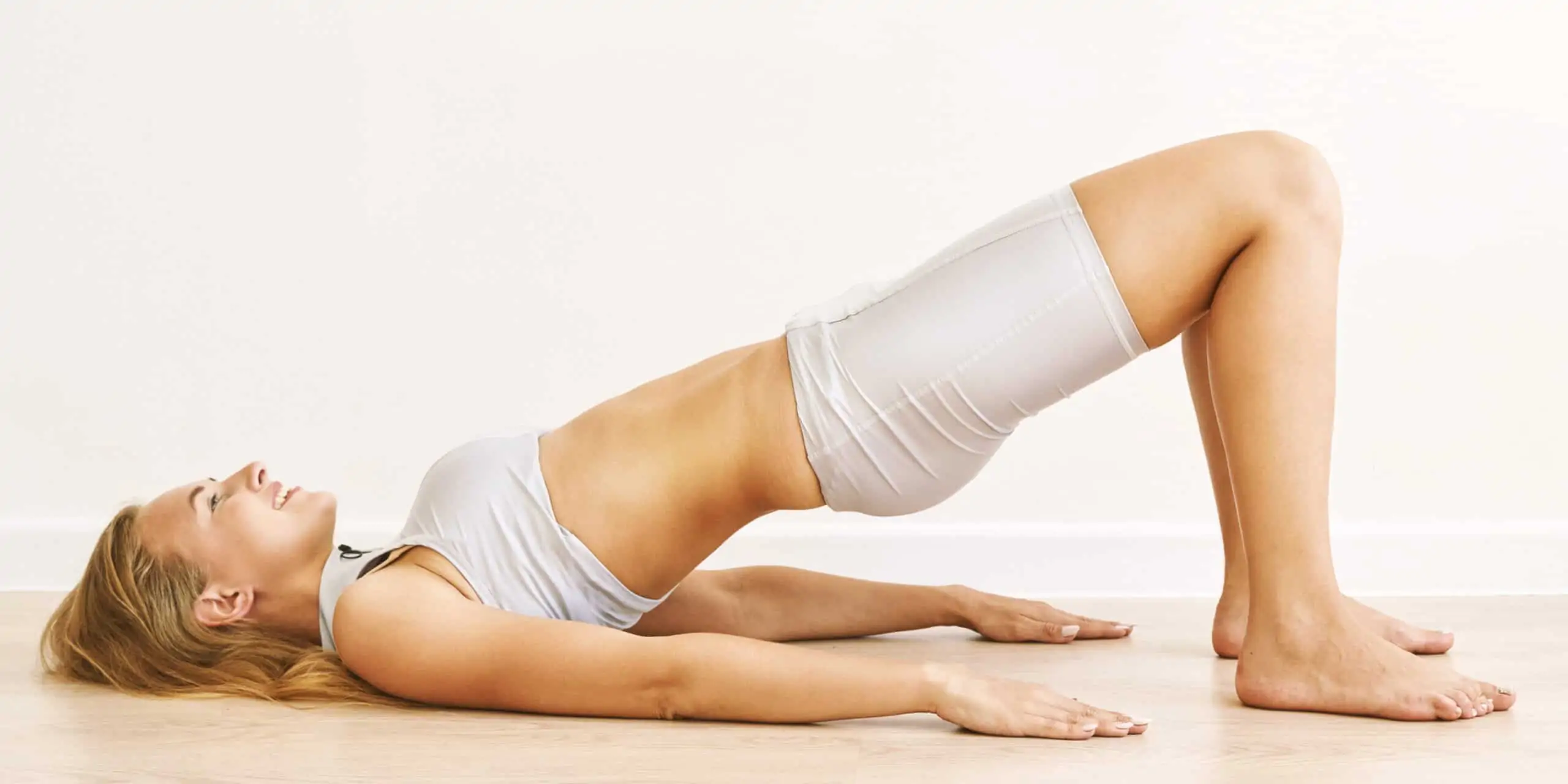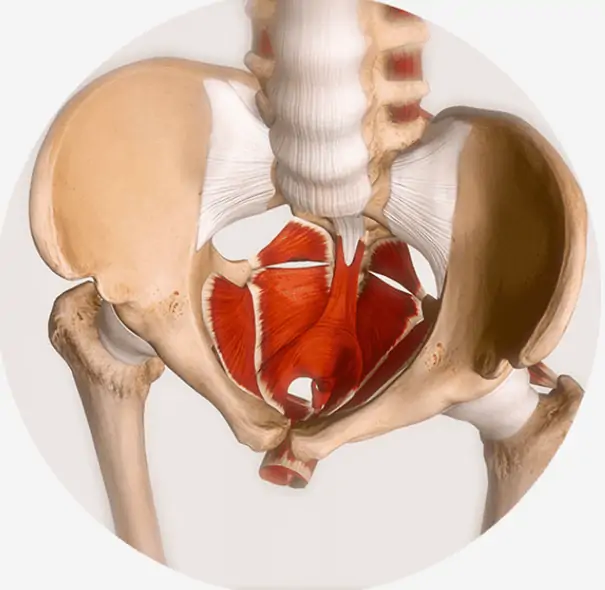Prenatal and Postnatal Yoga
prenatal yoga
Yoga during pregnancy allows movement, conscious breathing, perception and relaxation to merge into one. Yoga trains you to look inward, into your body and toward your baby.
The asanas (exercises) are specially selected to support your pregnant body. You strengthen the muscle groups that are more stressed by the changes and you relax those that make more room for the child.
With targeted breathing and relaxation exercises, you let your body and mind come to rest. You enhance your awareness and strengthen the (self-)consciousness for the upcoming birth.
Pregnancy yoga is suitable for women with and without yoga experience. Participation is recommended from the 14th week of pregnancy and can be attended until birth.
postnatal yoga
With pregnancy and birth, your body has changed.
Yoga in postpartum gently teaches you how to regenerate and strengthen your body during this special stage of life. The focus is on building up the pelvic floor muscles and core stability, which has a positive effect on your entire posture and prevents later unpleasant consequences, such as incontinence or organ prolapse. The relaxing exercises at the end round off your yoga practice.
About 6 weeks after birth you can start postpartum yoga, after a cesarean section we recommend starting after 8 weeks. Postpartum yoga can be attended until your core and pelvic floor feel strong and supple again and is the perfect introduction to regular yoga group classes.
Pelvic Floor and PelvicTool
With pregnancy and childbirth, not only has your body changed, but so has your pelvic floor.
The intense weeks of pregnancy have put a strain on your pelvic floor. Hormonal changes have altered the structure of the pelvic floor, but also prepared it for birth in a positive sense.
Many women want to have a flat stomach again as soon as possible after giving birth and start very early with intensive abdominal muscle training. Due to the strong stretching during the birth process, the pelvic floor is usually not yet strong enough to withstand the pressure from the abdominal cavity. For example, too intensive postpartum exercise can cause the still soft, slightly enlarged uterus to descend.
During the postpartum period, it is recommended to strengthen the pelvic floor with varied, functional exercises and also to let it become supple again in a healthy way.
- Do you feel more comfortable in a one-on-one coaching session than you do in a group class?
- Do you have questions not only about the pelvicfloor but also about rectus diastasis?
- Did any injuries occur during the birth or are you still feeling pain or even perceptual disturbances a few weeks or months after the birth?
- After giving birth, has your sexuality changed, do you feel uncomfortable or do you even feel pain?
I would be happy to put together a pelvic floor training program tailored to you in a personal pelvic floor coaching session.
In addition, you will receive valuable tips for a pelvic floor-friendly everyday life with child and household and profession.
Personal coaching includesa first session with the PelvicTool.
PelvicTool
The PelvicTool is a therapeutic device designed and manufactured specifically for the treatment of pelvic floor muscle dysfunction. These include impotence and other sexual dysfunction, urinary incontinence, fecal incontinence, and pelvic instability. The PelvicTool can be used to strengthen the pelvic floor muscles to improve their function or preventively alleviate or prevent pelvic floor muscle dysfunction. Depending on knowledge and body perception, the device is suitable for independent use as well as in therapy accompanied by a specialist. (text from www.beckenboden.com)
Session with PelvicTool
Single session 30min: CHF 60 (is only possible after a previous pelvic floor coaching)
4-session pass (with intervals of 2-3 weeks): CHF 200


